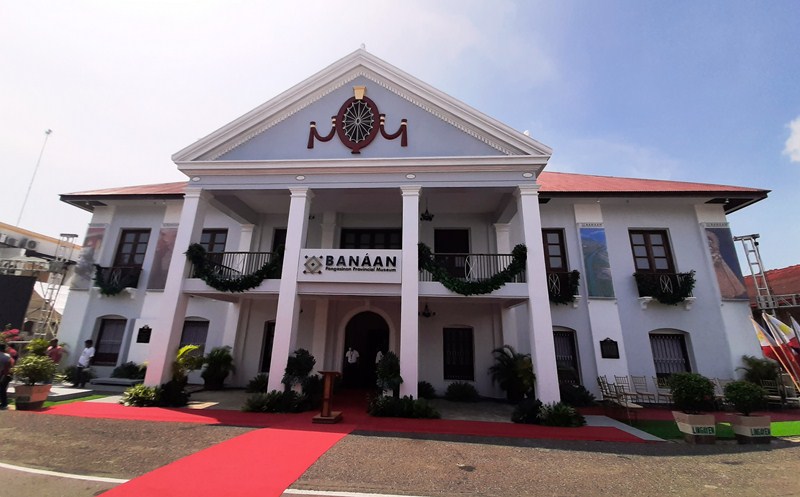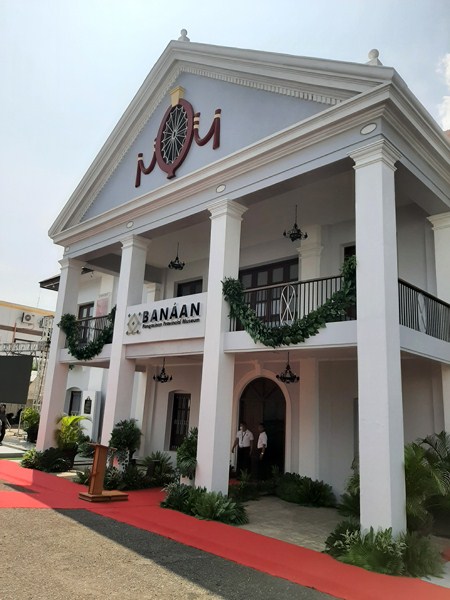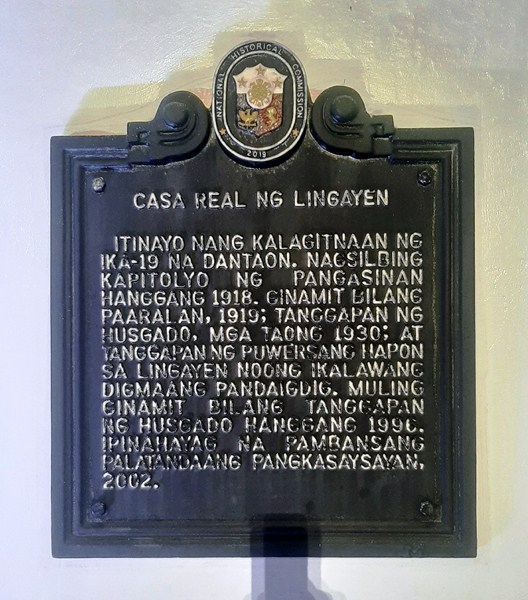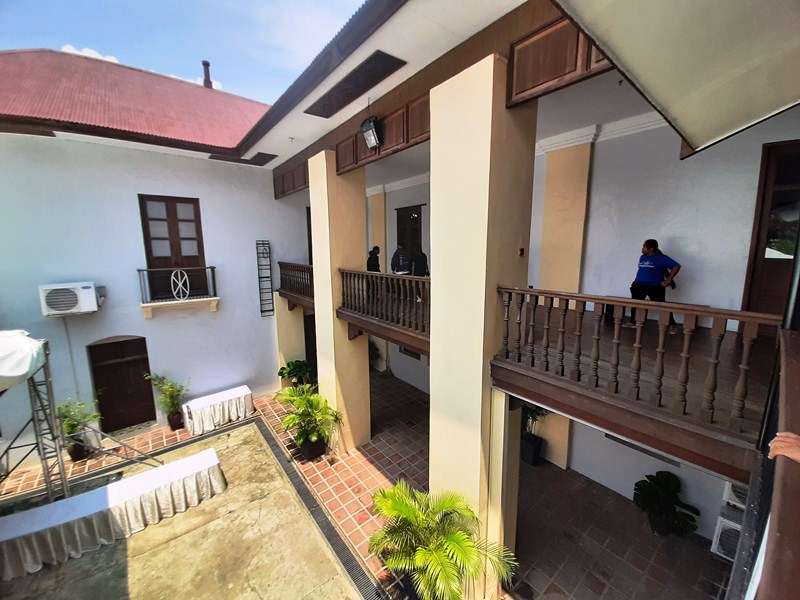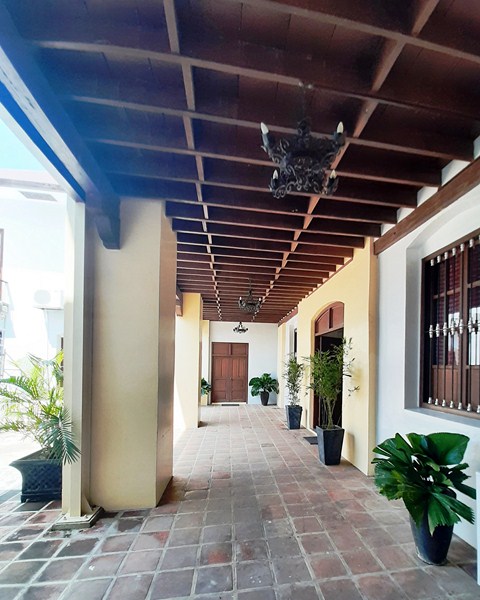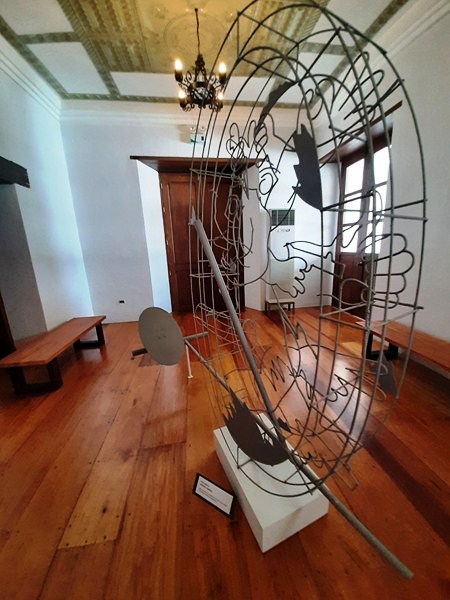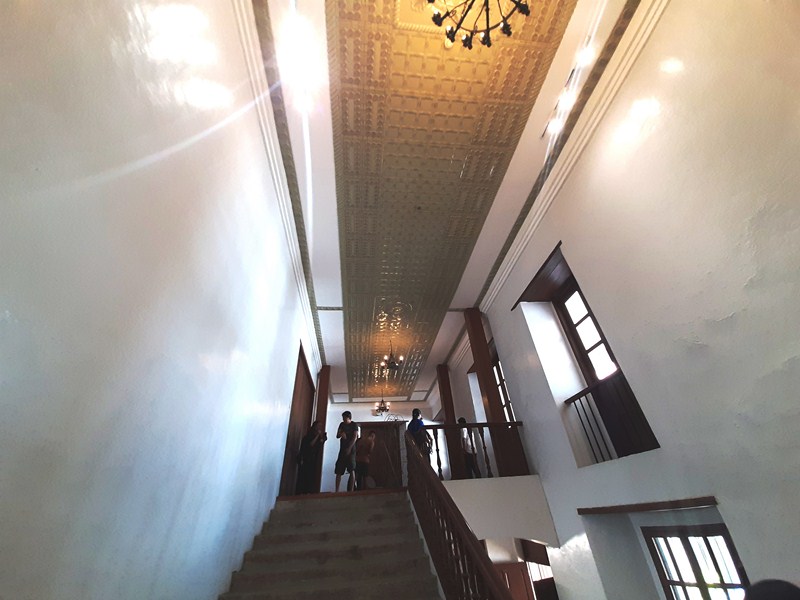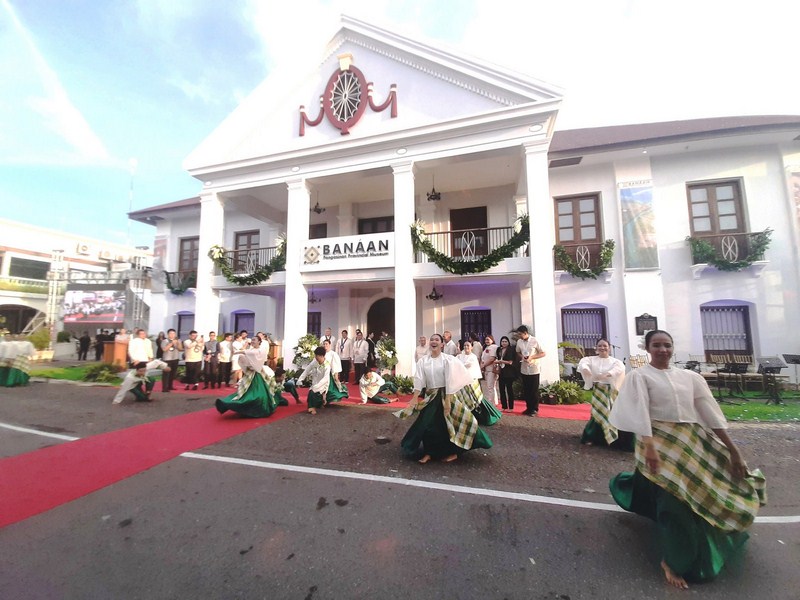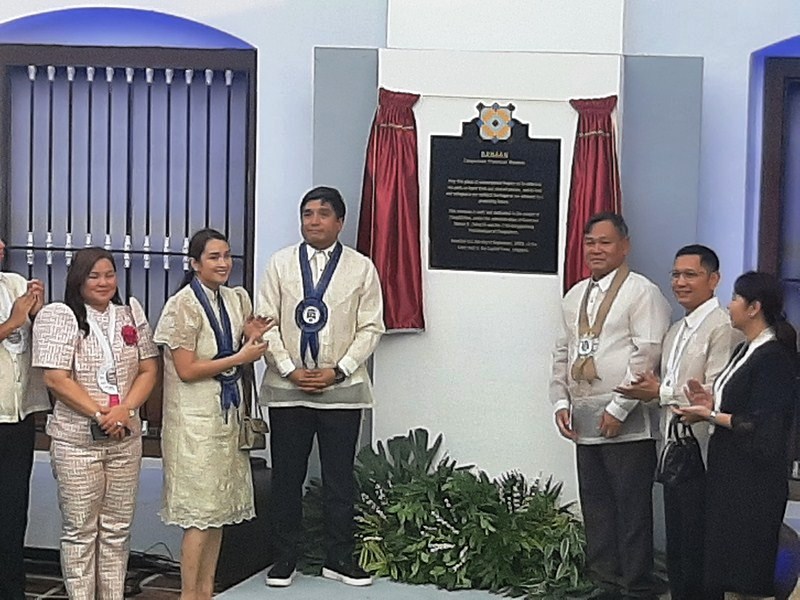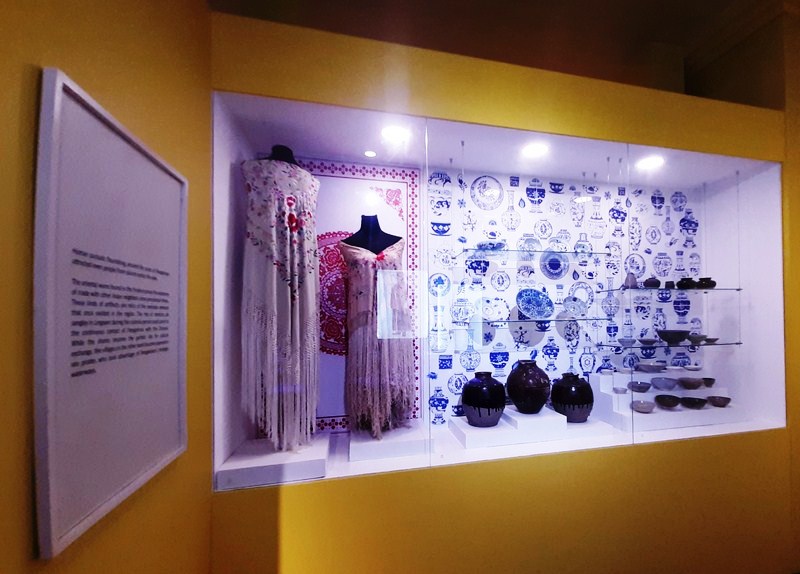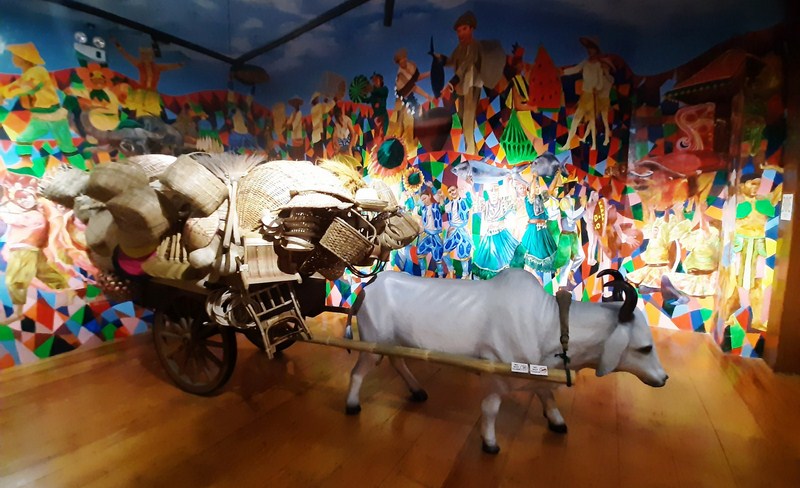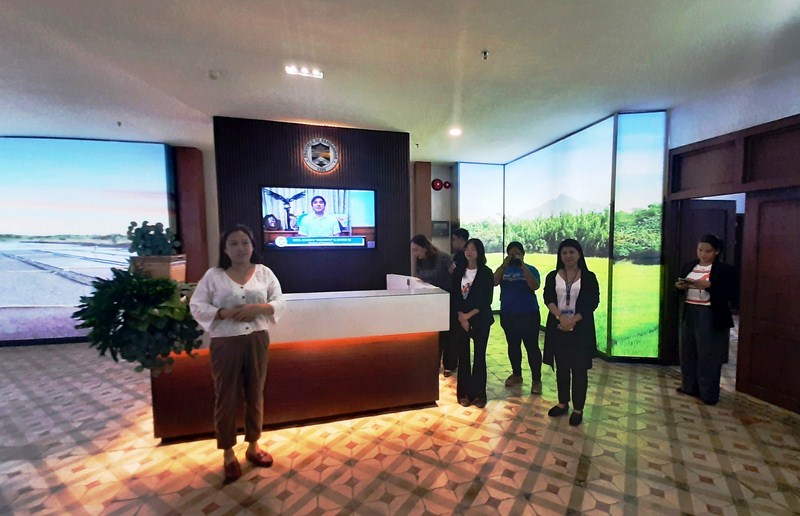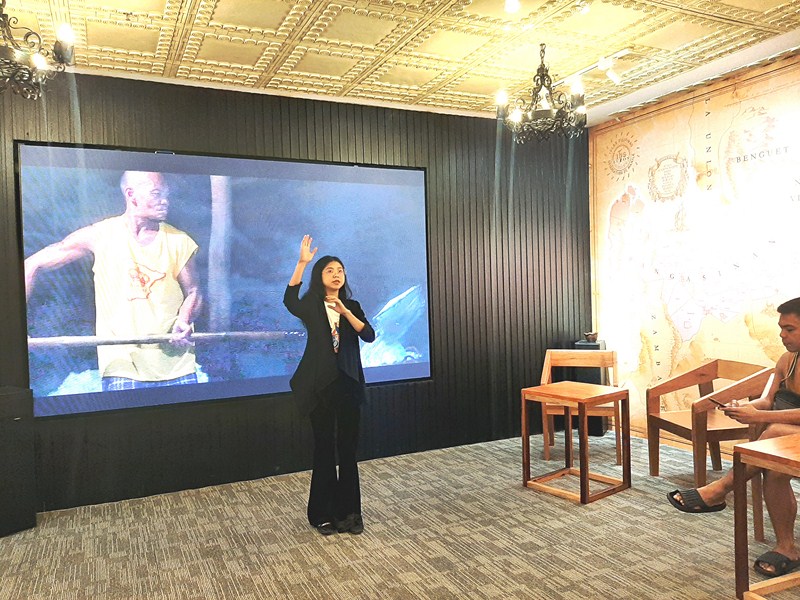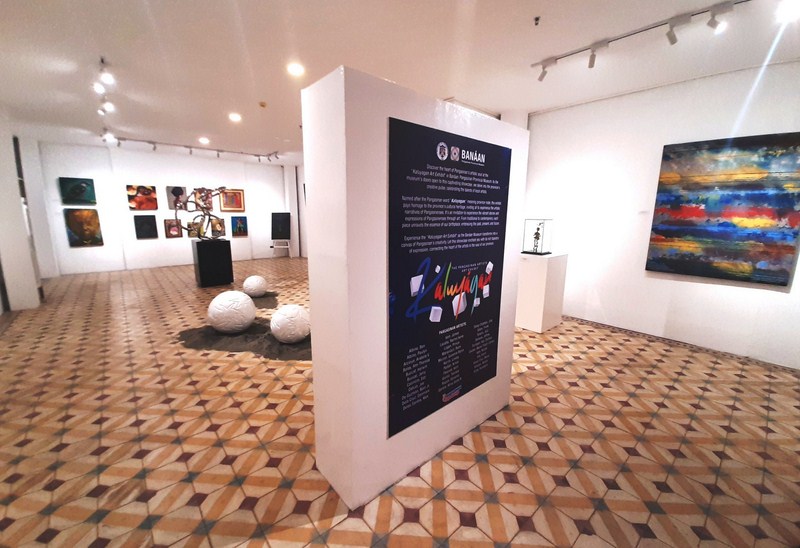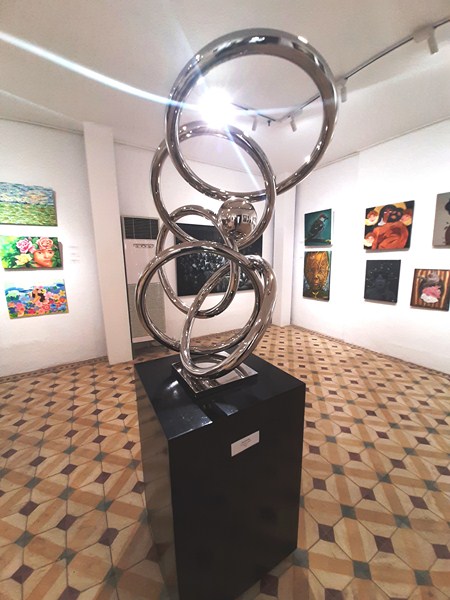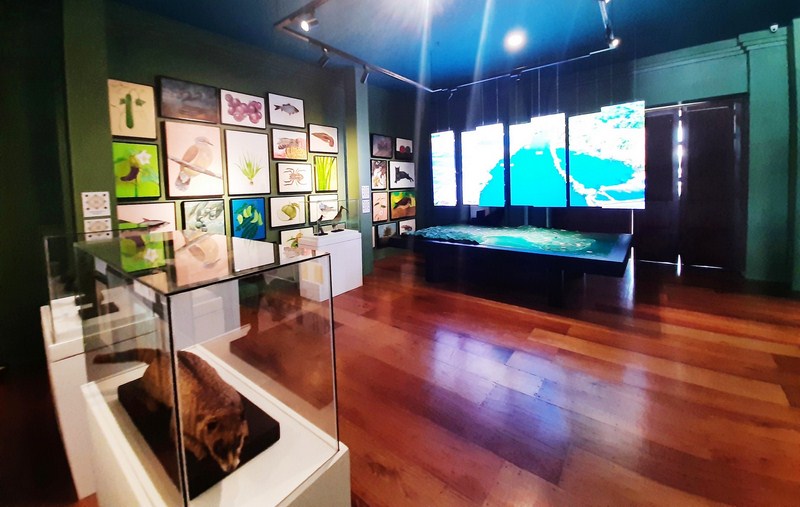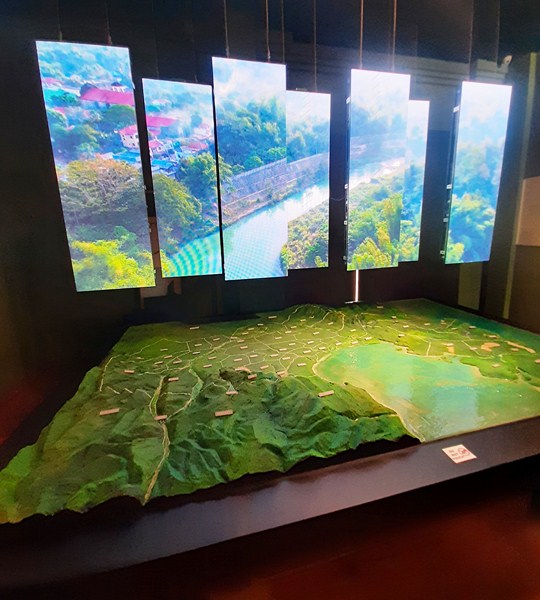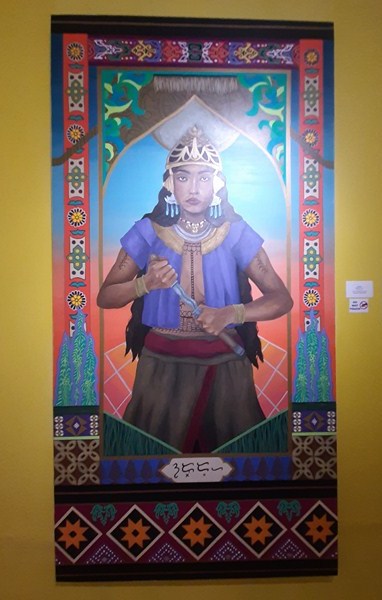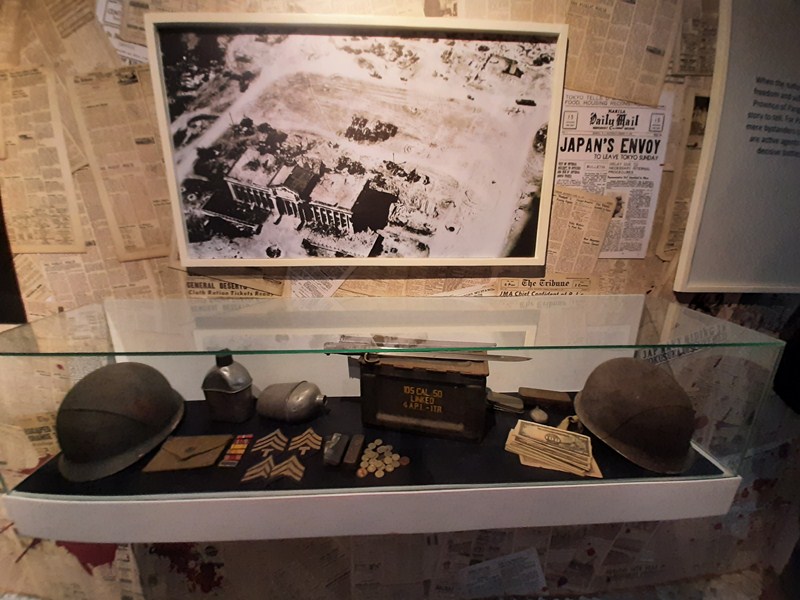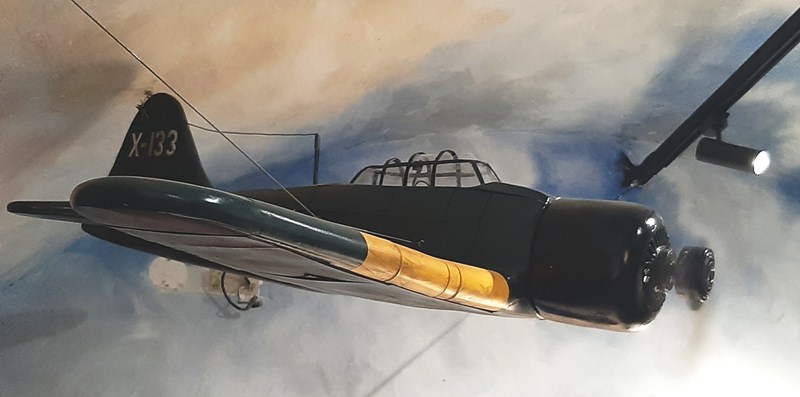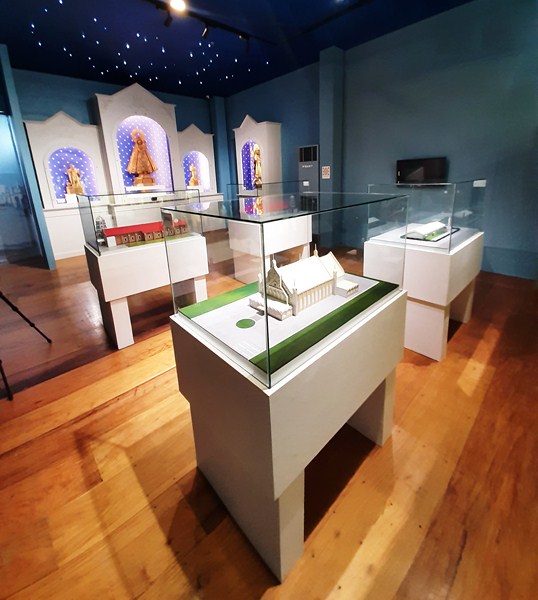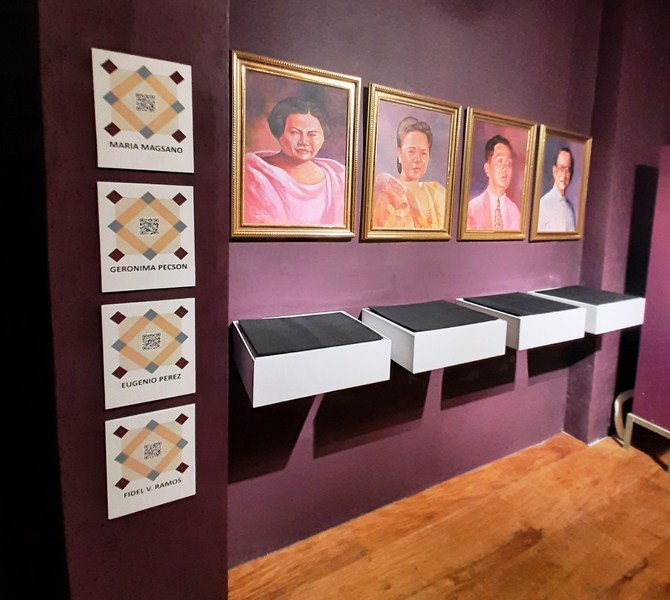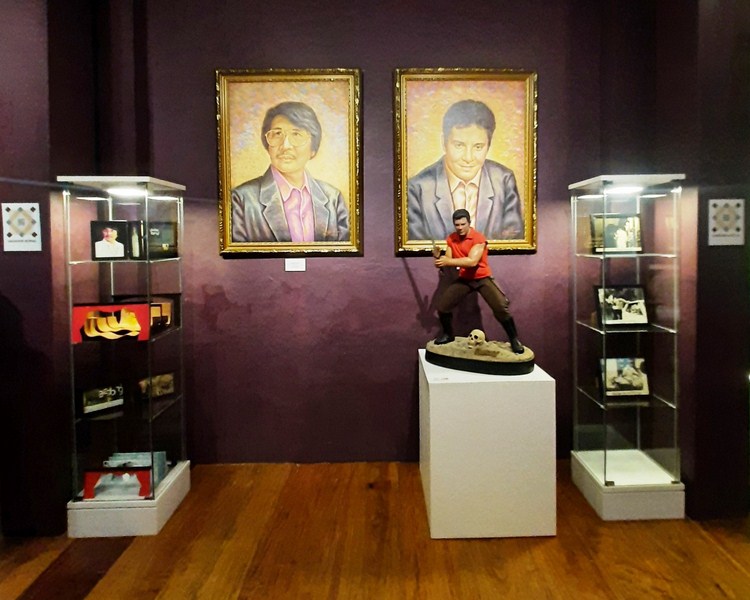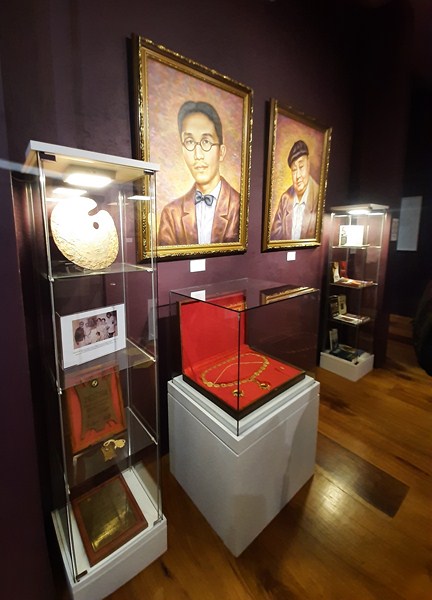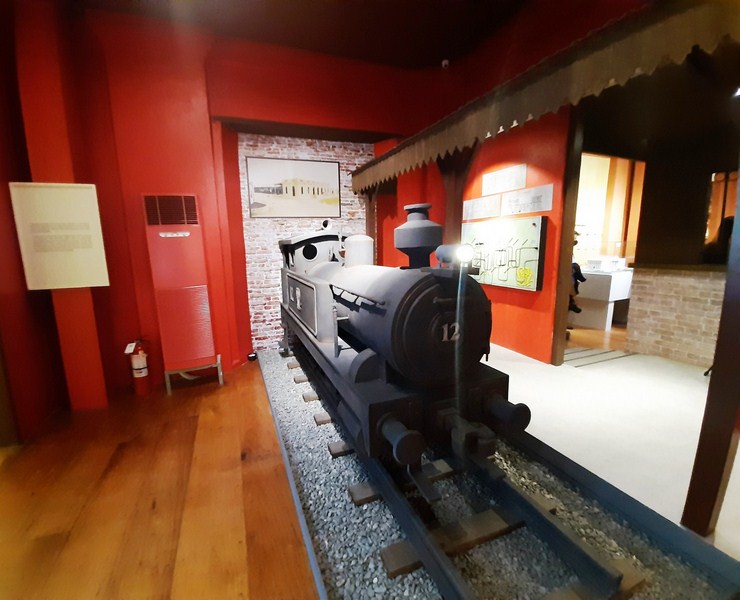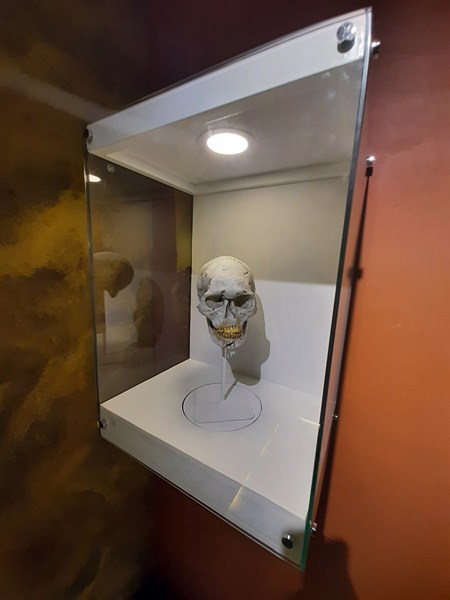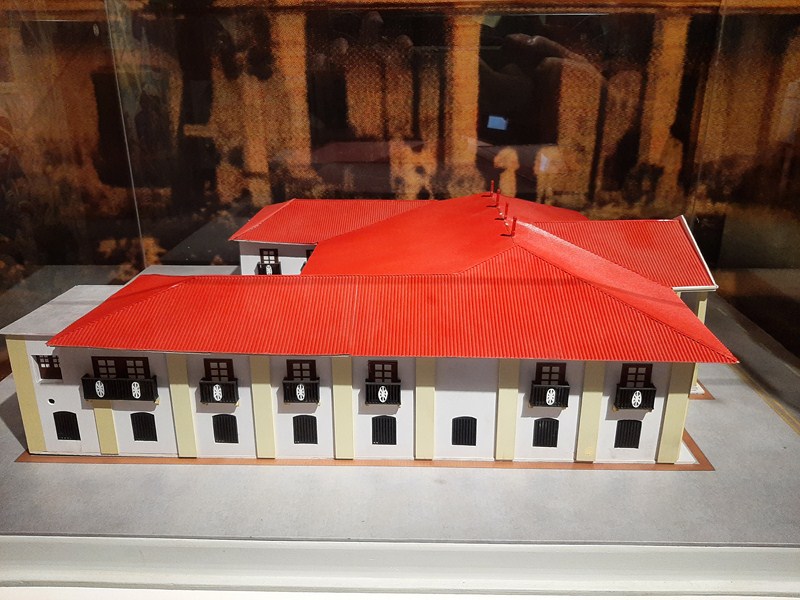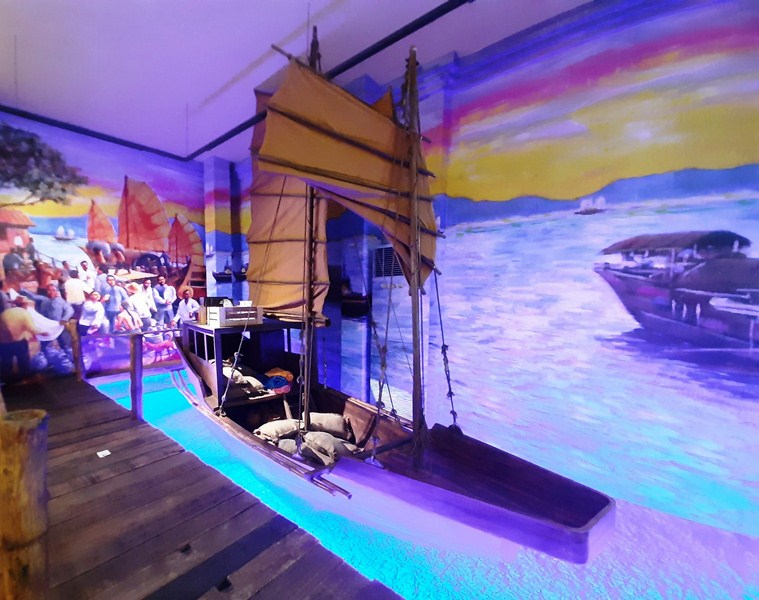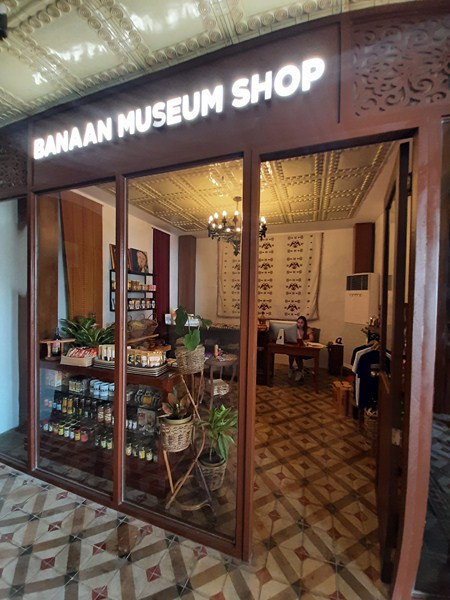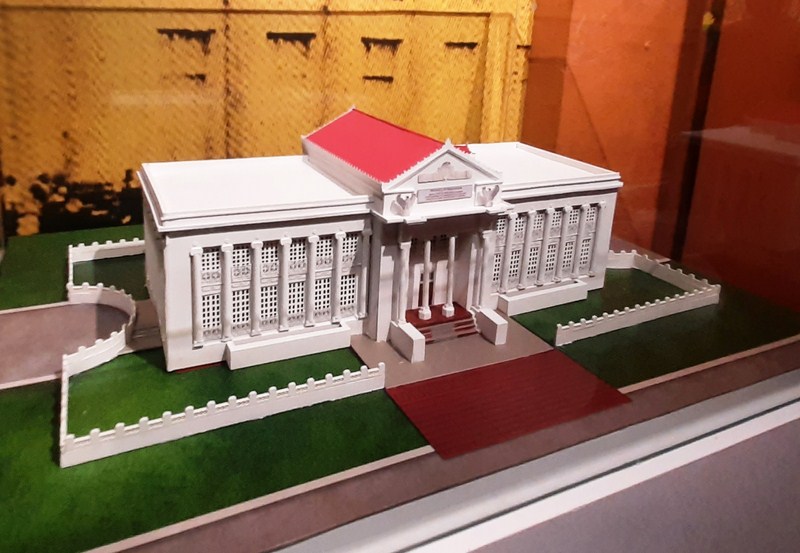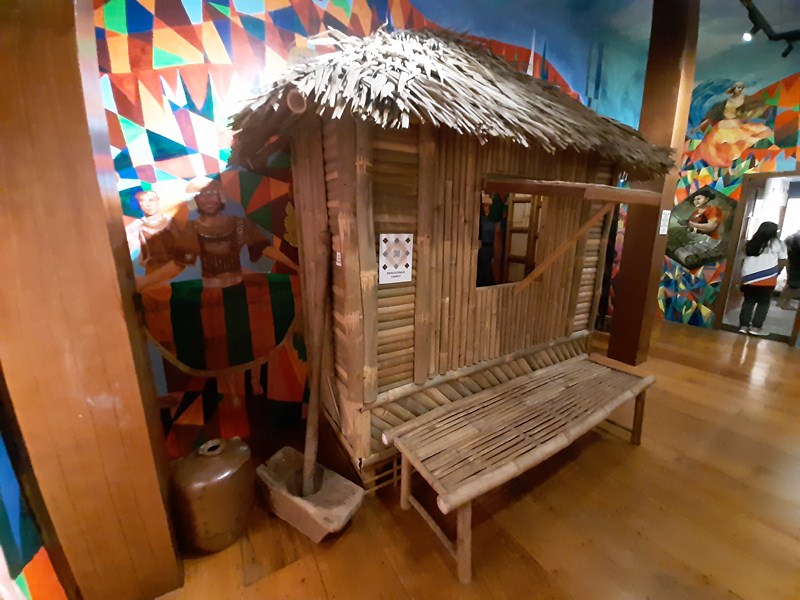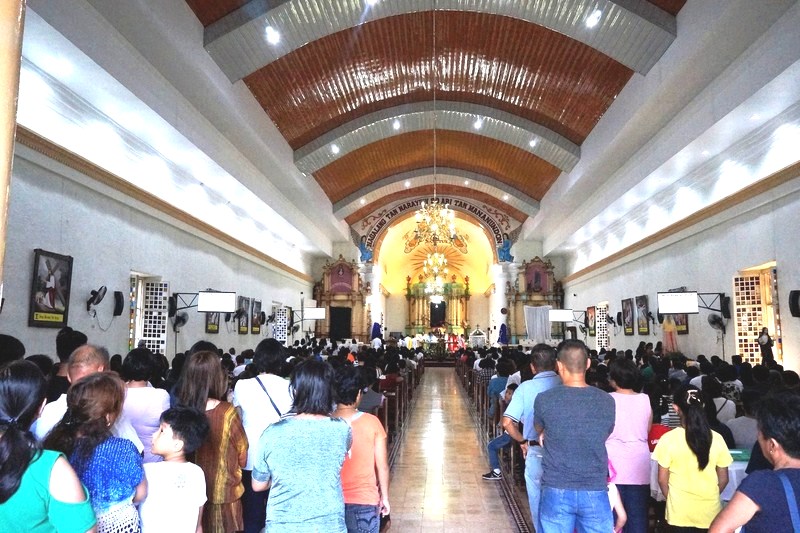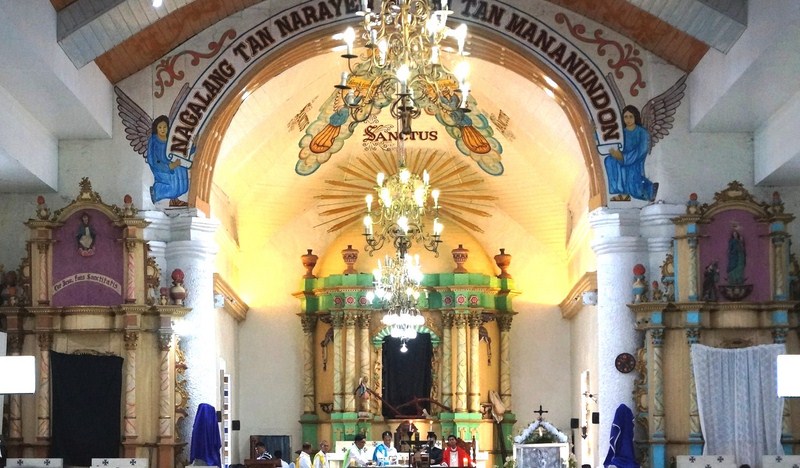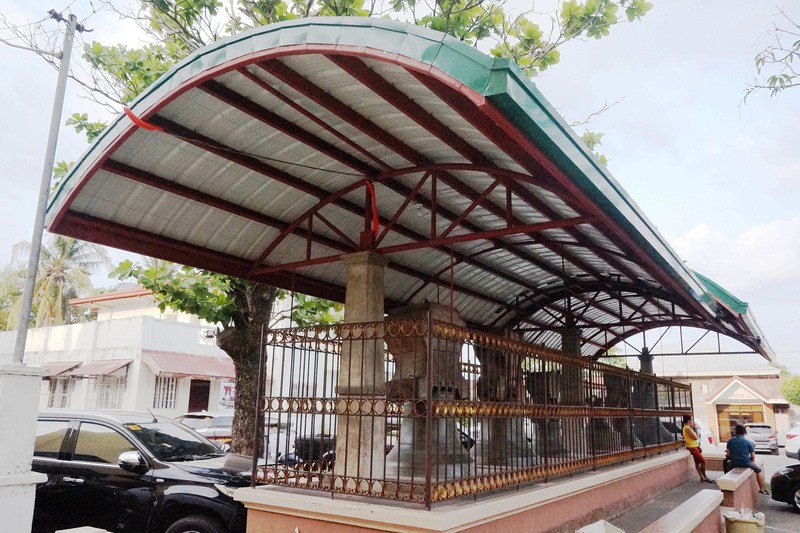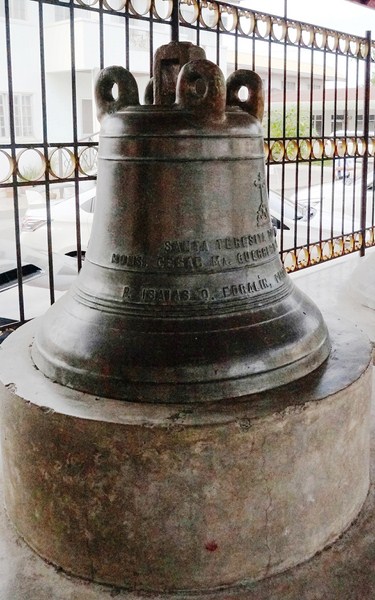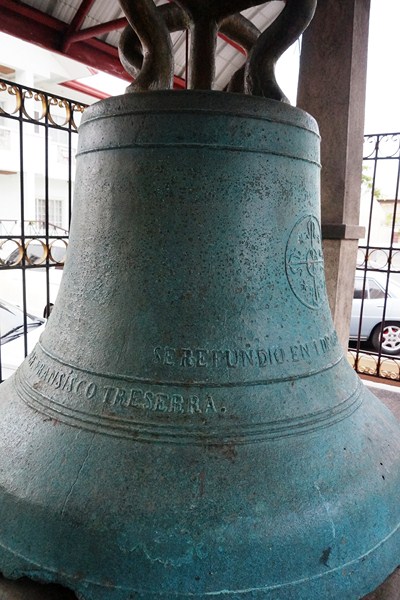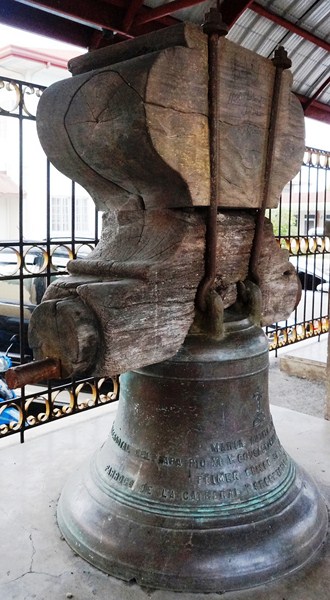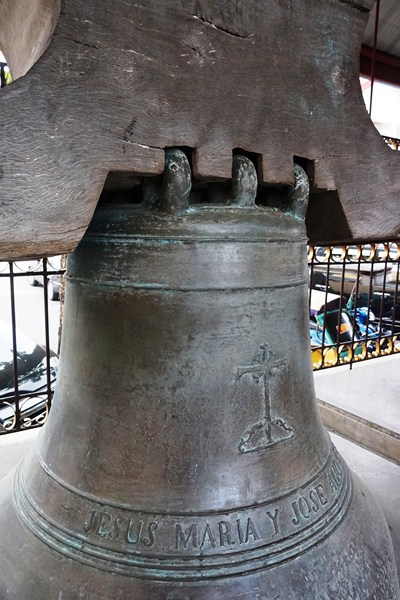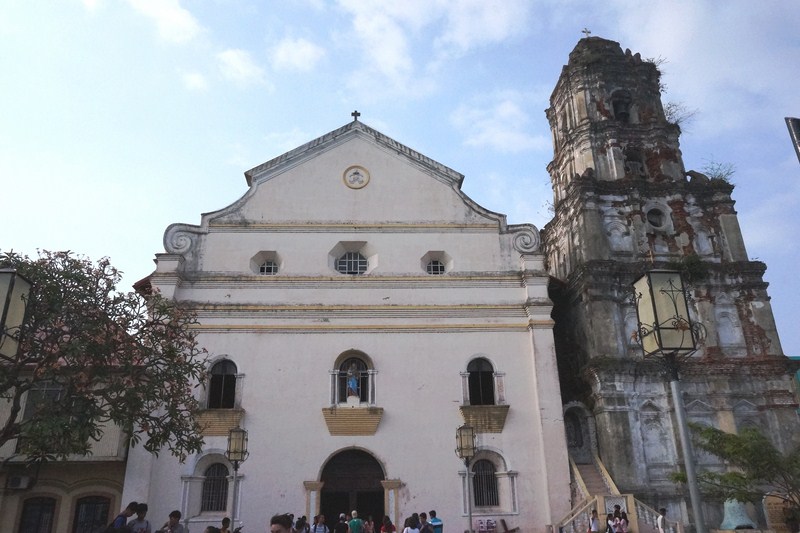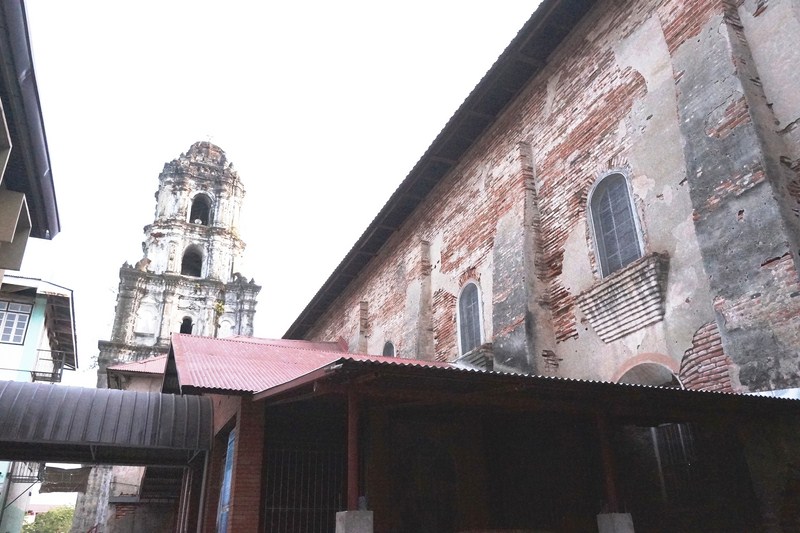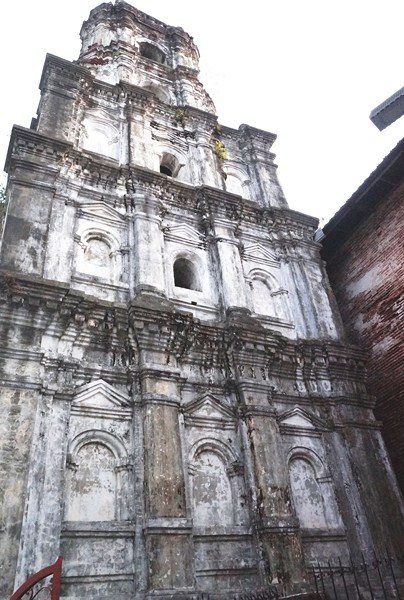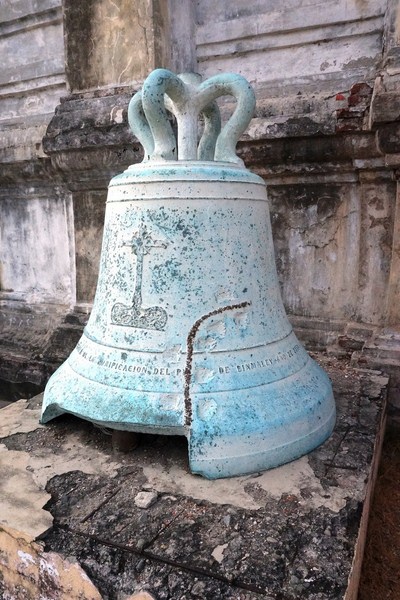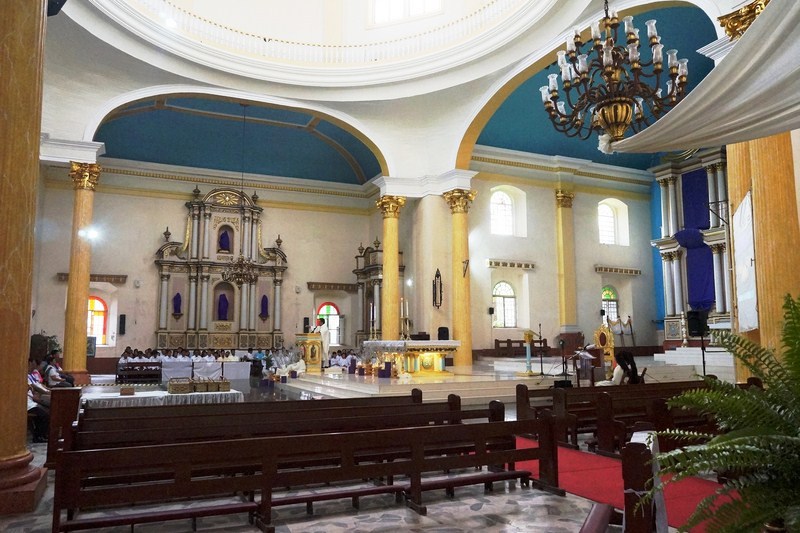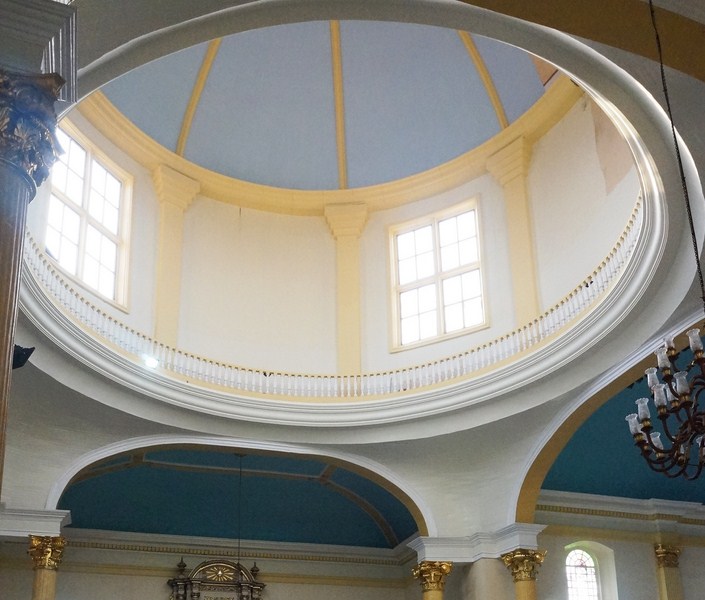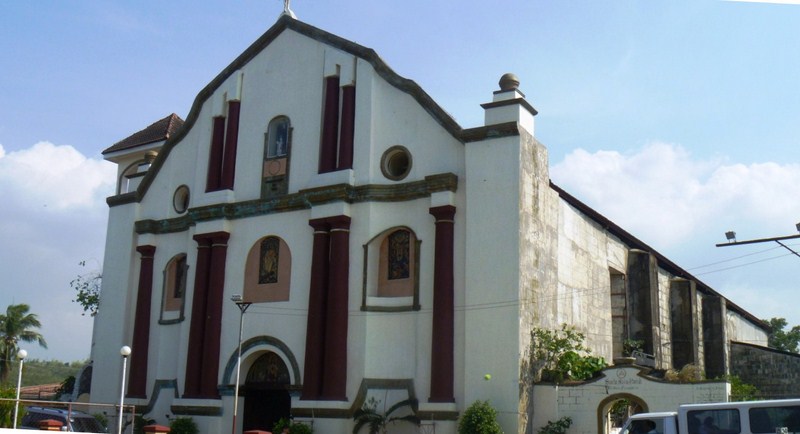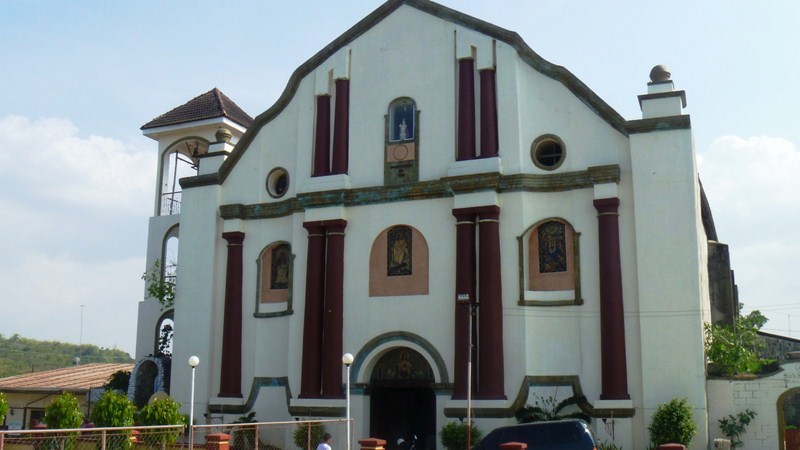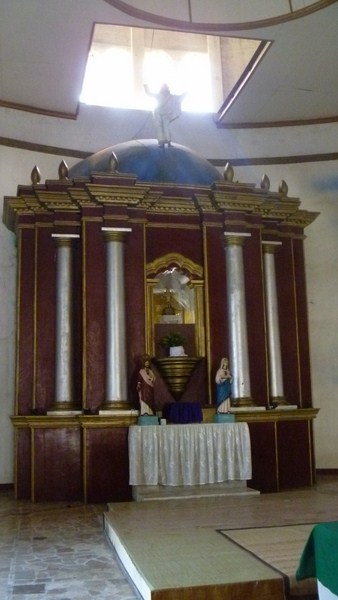The historic Casa Real (Royal House), located beside the town hall in the heart of Lingayen, Pangasinan, served as the provincial seat of government (where the Alcalde Mayor held office as the Provincial Governor and the Judge of the Court of First Instance) and is one of the oldest public buildings in Pangasinan.
Built in the 1840s, it once served as the seat of the provincial government, from the Spanish Colonial era up to 1918 when the seat of the provincial government was eventually transferred to what is now the Pangasinan Provincial Capitol Building.
On February 16, 1901, after the Taft Commission organized Pangasinan as a civil province, Judge William Howard Taft and his commissioners went to Lingayen, Pangasinan and were given a grand reception at Casa Real. In 1919, the building was used as a school and later as offices of the Judge of the Court of First Instance.
In 2002, it was declared as a National Historical Landmark by the National Historical Commission of the Philippines (NHCP), noted it as “an outstanding and unique example of civil architecture from the Spanish and American colonial periods.”
Casa Real survived the damages brought by World War II. However, the May 2008 Tropical Storm Cosme (international name: Halong) damaged the building, blowing away its heavy roof.
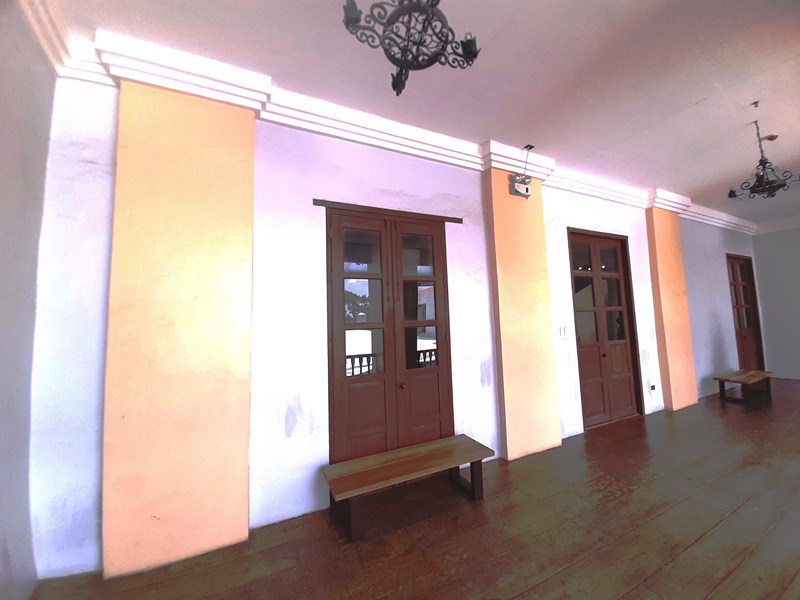 Later, the provincial government of Pangasinan allotted funds for its renovation and the building was converted into the Banaan Pangasinan Provincial Museum which was formally inaugurated on September 8, 2023.
Later, the provincial government of Pangasinan allotted funds for its renovation and the building was converted into the Banaan Pangasinan Provincial Museum which was formally inaugurated on September 8, 2023.
Check out “Banaan Pangasinan Provincial Museum”
AUTHOR’S COMMENTS
The two-storey, 1,480 square meter building has a portico façade, with square Doric columns that support a balcony, and topped by a triangular pediment with an oval keystone window (with spider web grilles) at the center. Dentils frame the sides of the pediment. The lower storey has circular arched main entrance flanked by large rectangular windows with segmental arches. Wooden French doors open out to the balcony.
The stairway leading to the second floor still retains its original piedra china, granite stones used as ballast for galleons and Chinese junks. However, the original balusters are gone as they did not survive looting after Typhoon Cosme. What you see are replacements. The original tin ceiling from Belgium has been replaced with fiberglass reproductions.
Banaan Pangasinan Provincial Museum: Poblacion, Lingayen, Pangasinan. Coordinates: 16.019805°N 120.230341°E.

